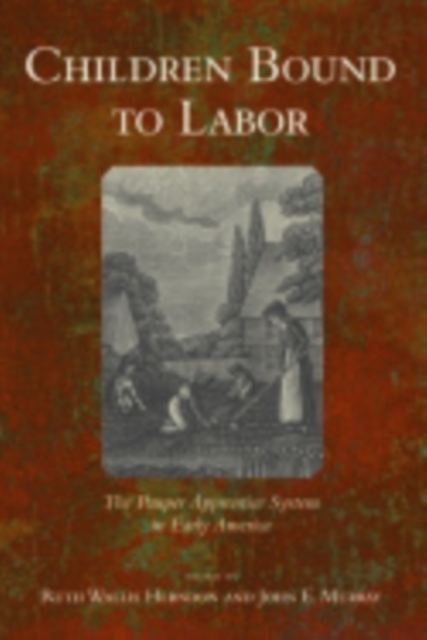The history of early America cannot be told without considering unfree labor. At the center of this history are African and Native American adults forced into slavery; the children born to these unfree persons usually inherited their parents' status. Immigrant indentured servants, many of whom were young people, are widely recognized as part of early American society. Less familiar is the idea of free children being taken from the homes where they were born and put into bondage.As Children Bound to Labor makes clear, pauper apprenticeship was an important source of labor in early America. The economic, social, and political development of the colonies and then the states cannot be told properly without taking them into account. Binding out pauper apprentices was a widespread practice throughout the colonies from Massachusetts to South Carolina-poor, illegitimate, orphaned, abandoned, or abused children were raised to adulthood in a legal condition of indentured servitude. Most of these children were without resources and often without advocates. Local officials undertook the responsibility for putting such children in family situations where the child was expected to work, while the master provided education and basic living needs.The authors of Children Bound to Labor show the various ways in which pauper apprentices were important to the economic, social, and political structure of early America, and how the practice shaped such key relations as master-servant, parent-child, and family-state in the young republic. In considering the practice in English, Dutch, and French communities in North America from the mid-seventeenth century to the mid-nineteenth century, Children Bound to Labor even suggests that this widespread practice was notable as a positive means of maintaining social stability and encouraging economic development. Contributors: Monique Bourque, Willamette University; Holly Brewer, North Carolina State University; Gillian Hamilton, University of Toronto; Ruth Wallis Herndon, Bowling Green State University; Steve Hindle, University of Warwick; Paul Lachance, University of Ottawa; Timothy J. Lockley, University of Warwick; Gloria L. Main, University of Colorado, Boulder; John E. Murray, University of Toledo; Jean B. Russo, Historic Annapolis Foundation; Jean Elliott Russo, independent scholar; Adriana E. van Zwieten, Biographical Dictionary of Pennsylvania Legislators; T. Stephen Whitman, Mount St. Mary's University











